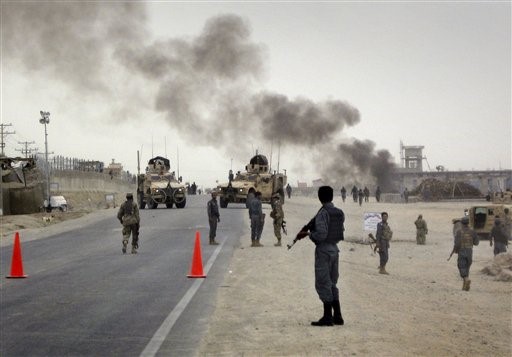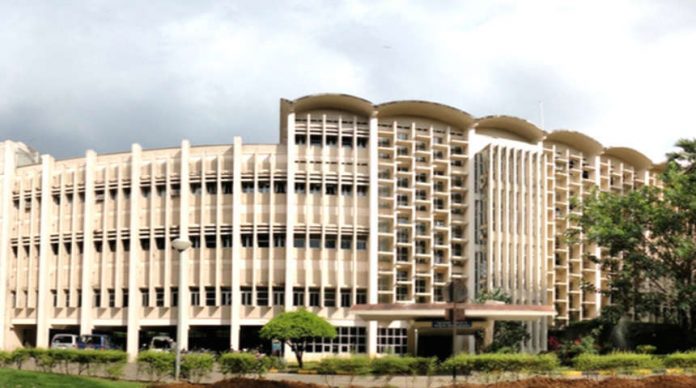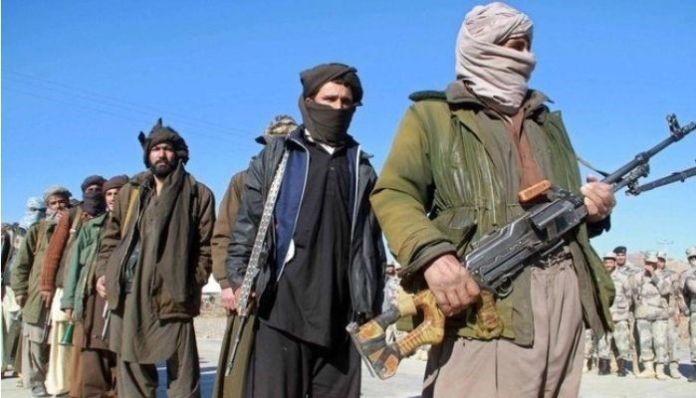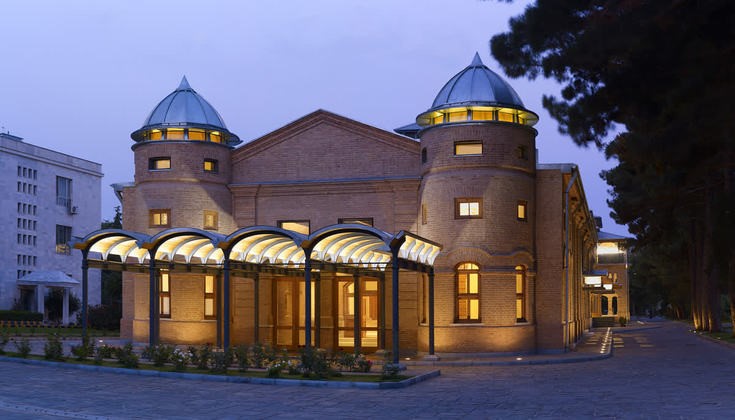In our previous articles, we discussed Taliban’s takeover further leading to social media accounts being taken down. We shall now look at how the whole situation is affecting the economy of Afghanistan.
IMF Spokesperson Gerry Rice: “As is always the case, the IMF is guided by the views of the international community. There is currently a lack of clarity within the international community regarding recognition of a government in Afghanistan, as a consequence of which the country cannot access the Special Drawing Rights (SDRs) or other IMF resources”.
ECONOMIC history of Afghanistan:
Afghanistan is one of the low-income group countries. The economy slowed down post-2014. Even before 2014 largely sustained by international assistance. The biggest challenge of Afghanistan’s economy according to the World Bank is its inability to find sustainable sources of growth. Moreover, private sector growth narrowly followed by low productivity in agriculture, constrained with the following-
1- Insecurity
2- Political instability
3- Weak institution
4- Inadequate infrastructure
5- Widespread corruption
6- Difficult business environment
7- Weak competitiveness
Due to the above-mentioned constraints, there is a structural deficit, 75% of public spending comes from the grant inflows. 28% of the GDP spent on national security and police in comparison to low-income country average. Accounting for 2-3 % of GDP bringing down total public spending to 57%.
Above all, the economy was standing strong because of aid influx at 9.4% average growth during 2003-2012, booming was due to aid–driven service sector and a strong economy. The social and economic slowdown took down the economic growth to 2.5% during 2015-2020.
The security situation deteriorated with the Taliban insurgency. We saw a decline in aids from 100% to 42%. As Taliban attacks on civilians and military increased the decline in the number of international troops were noticeable. There is much to unfold behind the critics that came from time to time. The withdrawal of troops started during Obama’s presidency in phases and use the resources to counter-terrorism on priority elsewhere. As an escalation on way, Trump signalled towards a prolonged war. Political gains were more important than assessing the true situation in Afghanistan today.
It was the United States and George Bush who after the 9/11 attack shared his will to reconstruct Afghanistan. The U.S. Congress appropriating over $38 billion in humanitarian and reconstruction assistance to Afghanistan from 2001 to 2009.
THE GENEVA CONFERENCE 2020:
The commitment to aid the country renewed during this conference for 2021- 2024. The future support made conditional with single year pledges. Condition for the government was as follows-
1- Combating corruption
2- Reduction in poverty
3- Advancing peace talks
The daunting challenge:
The current economic situation in Afghanistan is fragile, with IMF blocking Afghanistan’s emergency reserve (SPECIAL DRWAING RIGHTS) worth USD 460 million.
What is SDR–
An interest-bearing international reserve asset created by the IMF in 1969 to supplement other reserve assets of member countries. An SDR allocation is a way of supplementing Fund member countries’ foreign exchange reserves, allowing members to reduce their reliance on more expensive domestic or external debt for building reserves.
United States has also cancelled the bulk shipment of dollars headed to Afghanistan which was Afghanistan reserve with the U.S Federal Bank. An administrative official told “Any central bank assets the Afghan government has in the United States will not be made available to the Taliban” quoting Wall Street Journal.
Current scenario:
Political economy–
Significant natural resources are an attraction to international business with a lot of mineral potentials specifically “LITHIUM”. No wonder China’s interest in building a better relationship with the Taliban has a lot to do with resource sharing. During a press conference held by the Taliban, a spoke person stated, “assurance to bank owners, money changers, traders and shopkeepers that their lives and property would be protected”.
According to the World Bank, the illicit economy “accounts for a significant share of production, exports, and employment”. Many of the people employed in Afghanistan’s private sector likely associated with the heroin trade, illegal mining, or smuggling.
Gender role in the economy–
Women employment was on the rise until 2019 at 22% was still low as per international standards. Further, the economic prospects can worsen under the Taliban since women tend to stand in a vulnerable position. The question is also of the physical security of women.
International trading–
The import and export from India has been stopped by the Taliban as they took over Kabul on Sunday. Imports are related and largely dependent on dry fruits. FIEO DG said, “We also import a little gum and onions from them,” quoting economic times. Due to the ongoing turmoil, the prices of dry fruits would rise. Amidst the rise in Covid-19 infection, the vaccination in eastern Afghanistan’s Paktia province was halted.
Poverty–
“In Afghanistan, 47.3% of the population lives below the national poverty line in 2020. In Afghanistan, the proportion of employed population below $1.90 purchasing power parity a day is 34.3% in 2019” as per Asian Development Bank.
The financial status is very uncertain with an economic collapse without international aid. The Taliban funds themselves with drug trafficking and opium poppy production, extortion, kidnapping for ransom, mineral exploitation, and revenues from tax collection in areas under Taliban control or influence.
The rich have fled away, the middle class and poor will be the real sufferers of the current situation. While ATM’s have stopped the money supply. The wealthy probably saw the financial disaster looming. Afghanistan is a landlocked country and getting money inside will not be easy until the system and administration are restored or stabilised. This gives us an idea of people running out of their grocery items and the urgent need to be careful with their daily usage.
“Of all the hardships a person had to face, none was more punishing than the simple act of waiting” Khaled Hosseini in Thousand Splendid Suns.
Also, Read| PAKISTAN SUPPORT TO TALIBAN



















